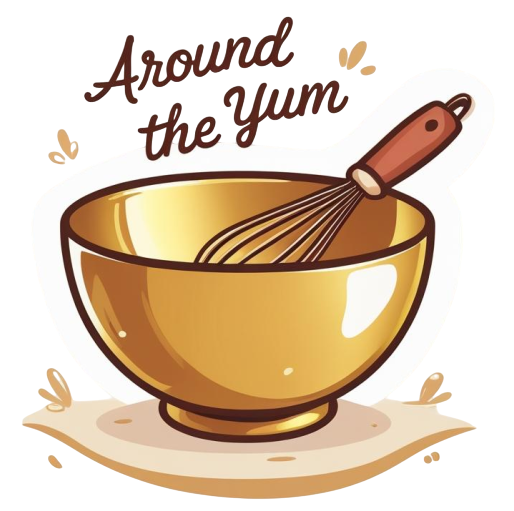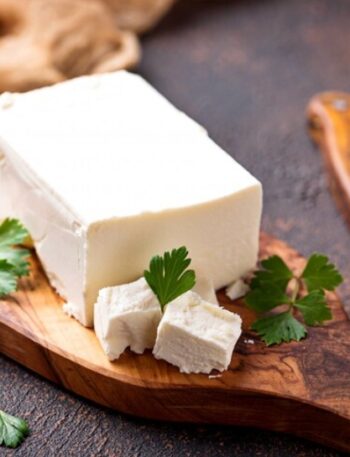The Timeless Dairy Delight. Butter is one of the most beloved and versatile dairy products in the world, treasured for its rich flavor, creamy texture, and culinary adaptability. From the simplest slice of bread to gourmet sauces and decadent pastries, butter has been a cornerstone of cooking and baking traditions across cultures for thousands of years. This article explores the origins of butter, how it is made, the different types available, and its important role in cuisines worldwide.
A Brief History of Butter
Butter’s origins stretch back thousands of years, with evidence suggesting that humans began churning milk into butter as early as 2000 BCE. Archaeological findings indicate that ancient civilizations in Mesopotamia and Egypt used butter not only as food but also for medicinal and ceremonial purposes.
Historically, butter was a luxury item, especially in regions where milk production was limited or seasonal. It was valued for its long shelf life and ability to preserve the rich fats from milk in a more stable form. In medieval Europe, butter was often reserved for the nobility and wealthy classes, while peasants relied more heavily on cheese or other dairy products.
As dairy farming techniques improved and refrigeration technology emerged, butter became more widely accessible. Today, it is a staple ingredient in households worldwide, celebrated for both its flavor and versatility.
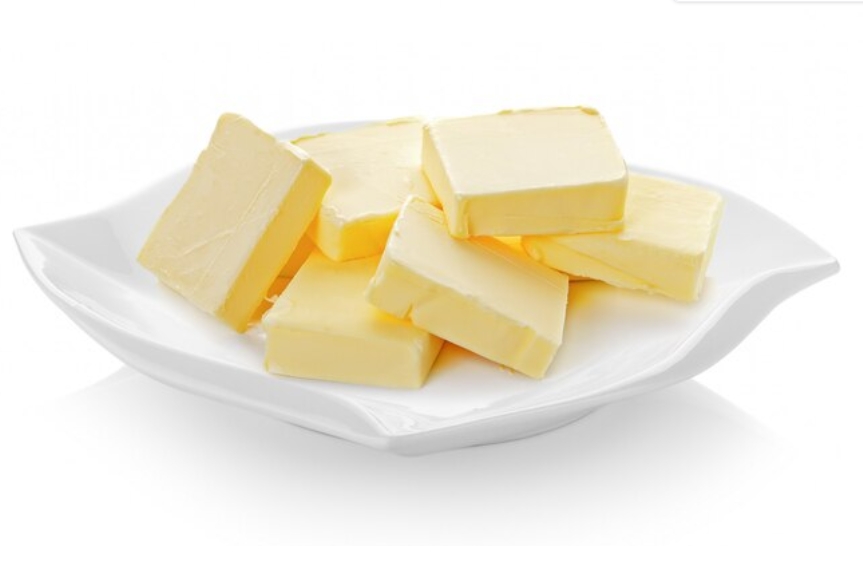
What is Butter?
Butter is a dairy product made by churning cream or milk to separate the fat globules from the buttermilk. This process concentrates the milk fat, resulting in a smooth, solid or semi-solid product composed mainly of butterfat, with small amounts of water and milk proteins.
The primary ingredient in butter is cream, which contains about 30-40% fat. When churned, the fat globules clump together, separating from the watery buttermilk. The remaining butter is then washed and kneaded to remove excess moisture, producing the creamy texture that butter is known for.
Butter typically contains about 80% milk fat, with the rest being water and milk solids. This balance gives it a unique texture and melting behavior that is prized in cooking and baking.
The Butter-Making Process
Butter production has evolved from simple manual churning to sophisticated industrial methods, but the basic principles remain the same. The process begins with fresh cream, which may be pasteurized to ensure safety and consistency.
- Churning: The cream is agitated, causing the fat globules to coalesce and separate from the buttermilk.
- Draining: The buttermilk is drained off, leaving behind the butter solids and fat.
- Washing: The butter is washed with cold water to remove any remaining buttermilk, which can spoil the butter if left.
- Kneading: The butter is worked or kneaded to improve texture and evenly distribute moisture.
- Salting (optional): Salt may be added to enhance flavor and improve shelf life.
- Packaging: The finished butter is shaped, wrapped, and refrigerated or frozen for storage.
Traditional butter-making involved hand-churning in wooden barrels or bowls, a method still practiced in some artisanal or small-scale operations today.
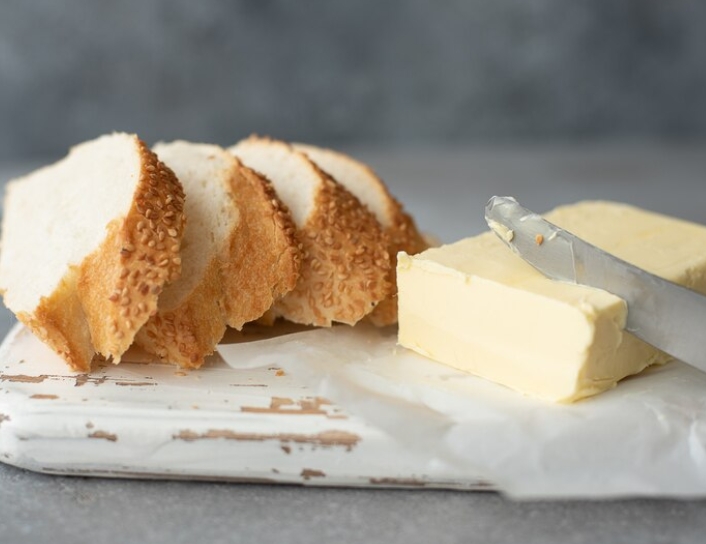
Types of Butter
Butter comes in various types and styles, depending on factors like milk source, fat content, and processing methods. Some of the most common varieties include:
- Unsalted Butter: Pure butterfat with no added salt, often preferred in baking and cooking for its clean, sweet flavor.
- Salted Butter: Contains added salt for flavor and preservation. Salted butter is popular for table use and cooking.
- Cultured Butter: Made from cream that has been fermented with lactic acid bacteria before churning, giving it a tangy, complex flavor similar to sour cream or yogurt.
- Clarified Butter: Butter that has been melted and strained to remove water and milk solids, leaving behind pure butterfat. It has a higher smoke point and longer shelf life.
- European-Style Butter: Typically has a higher fat content (around 82-86%) and is often cultured, resulting in a richer flavor and creamier texture.
- Whipped Butter: Butter that has been aerated to incorporate air, making it lighter and easier to spread.
Butter can also vary by the animal source. While cow’s milk butter is the most common, there are specialty butters made from goat, sheep, or buffalo milk, each with distinctive flavors and textures.
Culinary Uses of Butter
Butter’s culinary versatility is unmatched. It serves as a cooking fat, flavor enhancer, baking ingredient, and finishing touch in countless dishes worldwide.
- Cooking and Sautéing: Butter’s rich flavor elevates simple sautéed vegetables, eggs, and meats. However, because of its lower smoke point compared to oils like ghee or olive oil, it is often combined with other fats or used over moderate heat.
- Baking: Butter is indispensable in baking, where its fat content influences texture, moisture, and flavor. It creates tender pastries, flaky pie crusts, rich cakes, and crumbly cookies.
- Sauces and Emulsions: Butter is the base for classic sauces like hollandaise, beurre blanc, and brown butter sauces. Its ability to emulsify with liquids and create creamy textures makes it a staple in fine cooking.
- Spreads and Toppings: Butter is commonly spread on bread, toast, muffins, and pancakes. Flavored butters infused with herbs, garlic, or spices add extra flair.
- Finishing Touch: A pat of butter added to hot dishes such as mashed potatoes, steamed vegetables, or grilled steaks imparts richness and shine.
Regional and Cultural Significance
Butter holds special cultural and traditional significance in many parts of the world.
- Europe: Countries like France, Ireland, and Denmark are renowned for their butter production and consumption. French cuisine, in particular, uses butter extensively in sauces, pastries, and cooking techniques.
- India: Although ghee is more prevalent, fresh butter is also enjoyed in various regional dishes. Butter is often churned at home and used in making sweets like “makhan malai” or as a base for dals and breads.
- United States: Butter is a kitchen staple and has enjoyed a resurgence in popularity with the rise of artisanal and grass-fed varieties. It’s central to many American comfort foods.
- Middle East: Butter is often clarified into samna or used fresh in bread and pastry recipes, adding a rich flavor characteristic of regional cuisines.
Butter in Modern Times
In recent decades, butter faced competition from margarine and various vegetable oils due to health concerns related to saturated fats. However, there has been a strong revival of interest in natural, traditional fats, and butter has regained favor among chefs and home cooks alike.
The modern consumer values butter not only for taste but also for its role in culinary tradition and artisanal food movements. Grass-fed and organic butters, which boast richer flavors and potentially higher nutrient content, have become increasingly popular.
Storage and Shelf Life
Butter should be stored in a cool, dark place to maintain its quality. Unsalted butter is more perishable and should be refrigerated or frozen to prevent spoilage. Salted butter lasts longer at room temperature due to the preservative effect of salt.
When properly stored, butter can remain fresh for several weeks in the refrigerator and up to several months in the freezer without significant loss of flavor or texture.
Butter’s Role in Culinary Innovation
Beyond its traditional uses, butter continues to inspire culinary creativity. Chefs experiment with compound butters—blending butter with herbs, spices, citrus, or even sweet ingredients—to create unique flavor profiles.
Butter is also a key ingredient in contemporary desserts like butter tarts, shortbread cookies, and rich custards. Its ability to carry and enhance flavors makes it invaluable in fusion cuisines and modern gastronomy.
Conclusion
Butter is much more than a simple dairy product; it is a culinary icon with a rich history, cultural significance, and unmatched versatility. From ancient times to modern kitchens, butter has delighted palates with its creamy texture and rich taste. Whether used in cooking, baking, or as a finishing touch, butter remains an indispensable ingredient that continues to enrich cuisines around the world.
Its journey from fresh cream to golden blocks of flavor reflects centuries of tradition, craftsmanship, and culinary artistry—making butter truly timeless in every sense.
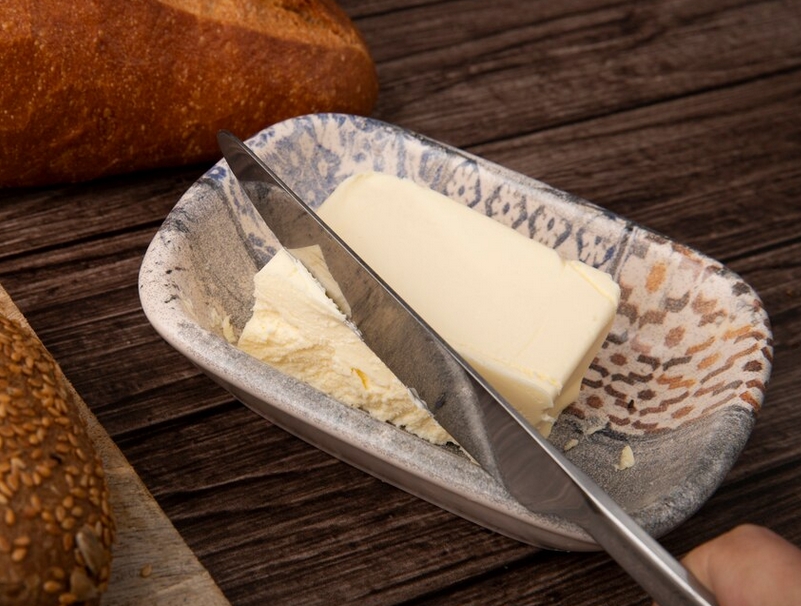
Health benefits of butter
1. Rich Source of Fat-Soluble Vitamins
Butter is a natural source of fat-soluble vitamins such as vitamins A, D, E, and K2. These vitamins play crucial roles in maintaining various bodily functions. Vitamin A supports healthy vision, immune function, and skin health. And Vitamin D helps regulate calcium absorption and bone health. Vitamin E acts as an antioxidant, protecting cells from damage, while vitamin K2 is important for blood clotting and cardiovascular health. Consuming butter can help provide these essential nutrients in a bioavailable form.
2. Provides Healthy Saturated Fats
Though saturated fats have been controversial, they are essential in moderation for overall health. Butter contains saturated fats that provide energy and help build cell membranes. These fats are also important for hormone production and supporting the nervous system. The saturated fats in butter are natural and unprocessed, unlike artificial trans fats, and can contribute positively when included in a balanced diet.
3. Contains Butyrate, a Beneficial Short-Chain Fatty Acid
Butter is a good source of butyrate, a short-chain fatty acid produced naturally in the gut during fiber fermentation and also found in dairy fats. Butyrate supports gut health by nourishing the cells lining the colon, reducing inflammation, and improving digestion. It may also play a role in protecting against digestive disorders like irritable bowel syndrome (IBS).
4. Supports Brain Health and Cognitive Function
The healthy fats in butter, including saturated fats and omega-3 fatty acids in grass-fed varieties, contribute to brain health. Fats are essential for the structure and function of brain cells. Butter’s nutrient profile helps support memory, focus, and overall cognitive function, making it a beneficial part of a brain-healthy diet.
5. Enhances Absorption of Nutrients
Since many vitamins and antioxidants are fat-soluble, the presence of fats in butter enhances the absorption of these nutrients from other foods eaten alongside it. For example, adding butter to vegetable dishes can help the body absorb more beta-carotene and other beneficial compounds, boosting overall nutrient intake.
6. May Support Heart Health When Consumed in Moderation
Emerging research suggests that moderate consumption of natural saturated fats like those found in butter may not increase the risk of heart disease as once feared. Butter from grass-fed cows contains conjugated linoleic acid (CLA), a fatty acid linked to improved heart health. Additionally, butter raises HDL (good) cholesterol, which helps remove harmful LDL (bad) cholesterol from the bloodstream.
7. Contains Antioxidants That Protect Cells
Butter, particularly from grass-fed sources, contains antioxidants such as vitamin E and beta-carotene. These compounds help neutralize free radicals—unstable molecules that can damage cells and contribute to aging and chronic diseases. Antioxidants in butter support the body’s defense system, promoting overall cellular health.
8. Natural Energy Source
Butter is calorie-dense, providing a concentrated source of energy from healthy fats. This makes it useful for individuals needing sustained energy, such as athletes or people following low-carbohydrate diets like keto. Unlike sugar or refined carbs, butter provides long-lasting fuel without causing blood sugar spikes.
9. Supports Healthy Skin
The fat-soluble vitamins and fatty acids in butter nourish skin from the inside out. Vitamin A is particularly important for skin repair and regeneration, helping maintain a smooth, youthful complexion. Some traditional cultures even use butter topically to moisturize and soothe dry or irritated skin.
10. Contains Conjugated Linoleic Acid (CLA) With Potential Benefits
Butter, especially from grass-fed cows, is rich in CLA, a naturally occurring fatty acid that has been associated with a range of health benefits. CLA may help reduce body fat, improve immune function, and support metabolic health. Although more research is needed, CLA is considered a valuable component of butter’s nutritional profile.
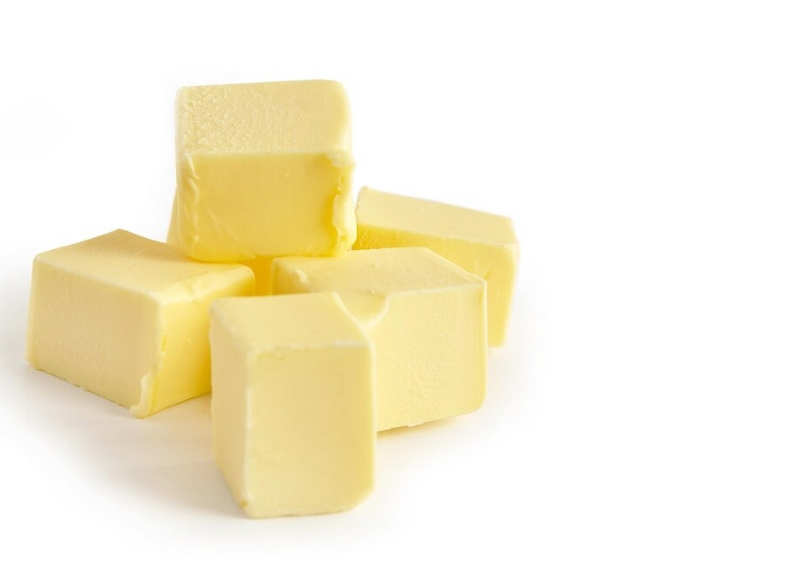
Frequently Asked Questions About Butter
1. What is butter made of?
Butter is primarily made from cream or milk fat. It is produced by churning cream to separate the fat globules from the liquid buttermilk. The result is a smooth, solid or semi-solid dairy product composed mainly of butterfat, with small amounts of water and milk proteins. Butter typically contains about 80% fat, which gives it its rich texture and flavor.
2. How is butter different from margarine?
Butter is a natural dairy product made from milk or cream, while margarine is a processed product made from vegetable oils or animal fats that have been hydrogenated to mimic butter’s texture. Also,Butter contains saturated fats and milk solids, whereas margarine often contains trans fats or partially hydrogenated oils (though many modern margarines are now trans-fat free). Butter has a distinct taste and culinary properties that many chefs prefer over margarine.
3. What is the difference between salted and unsalted butter?
Salted butter contains added salt, which enhances flavor and helps preserve the butter by inhibiting bacterial growth. It is commonly used as a table spread or in cooking where salt is desired. Unsalted butter, on the other hand, has no added salt, providing a pure, creamy flavor ideal for baking and recipes where precise salt control is needed.
4. Can butter be stored at room temperature?
Butter can be stored at room temperature for short periods, typically up to a week, especially if salted. Salt acts as a preservative. However, to maintain freshness and prevent spoilage, it is best to store butter in the refrigerator, where it can last several weeks. Unsalted butter is more perishable and should be refrigerated to prevent rancidity.
5. What is clarified butter, and how is it different from regular butter?
Clarified butter is butter that has been melted slowly to separate and remove water and milk solids, leaving behind pure butterfat. This process raises the smoke point, making clarified butter ideal for high-heat cooking. Unlike regular butter, clarified butter doesn’t contain water or milk proteins, so it has a longer shelf life and is less likely to burn when heated.
6. Is butter lactose-free?
Butter contains only trace amounts of lactose because the churning and washing processes remove most of the milk sugars. Many people who are lactose intolerant can tolerate butter in moderation without symptoms. However, those with severe lactose intolerance or milk allergies should exercise caution and consult with a healthcare professional before consuming butter.
7. What is cultured butter?
Cultured butter is made from cream that has been fermented with beneficial bacteria before churning. This fermentation process develops a tangy, complex flavor similar to sour cream or yogurt, distinguishing cultured butter from sweet cream butter, which has a milder taste. Cultured butter is popular in many European countries and is prized by chefs for its richer flavor profile.
8. How can butter be used in cooking?
Butter is incredibly versatile in cooking. It can be used for sautéing, baking, roasting, and as a flavor enhancer in sauces and dressings. Butter adds richness and depth to dishes, improves texture in baked goods, and provides a creamy mouthfeel. However, because butter has a lower smoke point than some oils, it is best used over moderate heat or combined with other fats for high-temperature cooking.
9. Can butter go bad, and how can I tell?
Yes, butter can spoil, especially if exposed to heat, light, or air for extended periods. Spoiled butter may develop a sour or rancid smell, off taste, discoloration, or even mold. Proper storage in an airtight container, refrigerated and away from strong odors, can help keep butter fresh. Freezing butter is also an effective way to extend its shelf life.
10. What is the difference between European-style butter and regular butter?
European-style butter typically contains a higher fat content (82-86%) compared to regular butter (about 80%) and is often cultured, giving it a richer, more complex flavor and creamier texture. It is churned longer and sometimes made from cream with higher butterfat. This butter is favored by chefs and bakers for its superior flavor and baking qualities.
